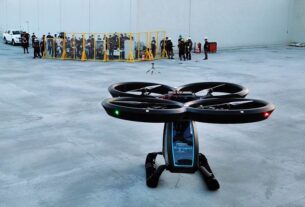Imagine trying to make sense of the universe before telescopes were even invented. Jim al-Khalili reveals how scholars from the Islamic world played a crucial role in astronomy and navigation, influencing later astronomers in the renaissance. In this episode of Science in the Golden Age, we examine ancient maps dating back to the 9th century at Istanbul’s Museum of the History of Science and Technology in Islam.
In the Qatari desert, Ali Sultan al-Hajri, a businessman and Bedouin, shows how the moon and stars have played a crucial role in navigation and timekeeping for centuries. Going through an extensive collection of astrolabes – versatile scientific instruments that could be considered as the ‘computers of their day,’ we get a rare chance to see the inner workings of this complex device as one of the most elaborate astrolabes at the Museum of Islamic Art in Doha is taken apart.
Moving from ancient astronomy to the most cutting edge developments in space science, we examine the life of al-Tusi, a great astronomer whose work influenced later astronomers including Copernicus, the renaissance scientist who formulated the model of the universe that placed the sun at the centre and the planets rotating around it. In this episode we also discover how the Persian astronomer al-Biruni devised an ingenious method for calculating the circumference of the earth, which allowed him to come up with an incredibly accurate estimate, within one percent of the accurate value we know today.
Think your friends would be interested? Share this story!





